My name is Gail Bromer. I created mostly shade gardens at my home in Connecticut for over 30 years before transplanting to the mountains of western North Carolina four years ago. We were very fortunate to find a wonderful property sitting at 3300 feet in elevation with a southeast-facing exposure that is somewhat protected from the prevailing winter winds from the northwest. The house had good bones and a view. The gardens were virtually nonexistent. I consider this a Zone 6 or 7 garden. There’s a lot of variation due to the elevation, the southern slope, and the wind.
This is what we started with. The slope on the left was covered in forsythia (Forsythia
hybrid, Zones 5–8) when we arrived. I transplanted all but a few to the bigger slope on the other side of the house. Our first January here we had a lovely warm spell of 50-degree temperatures, and we took full advantage. I hired a local landscape crew to get rid of the grass and augment the clay soil, lay out a path, and put in the first 50 shrubs and trees. The shrubs looked so small!
Since then I’ve planted hundreds of perennials and am creating gardens all around the house and along the driveway.
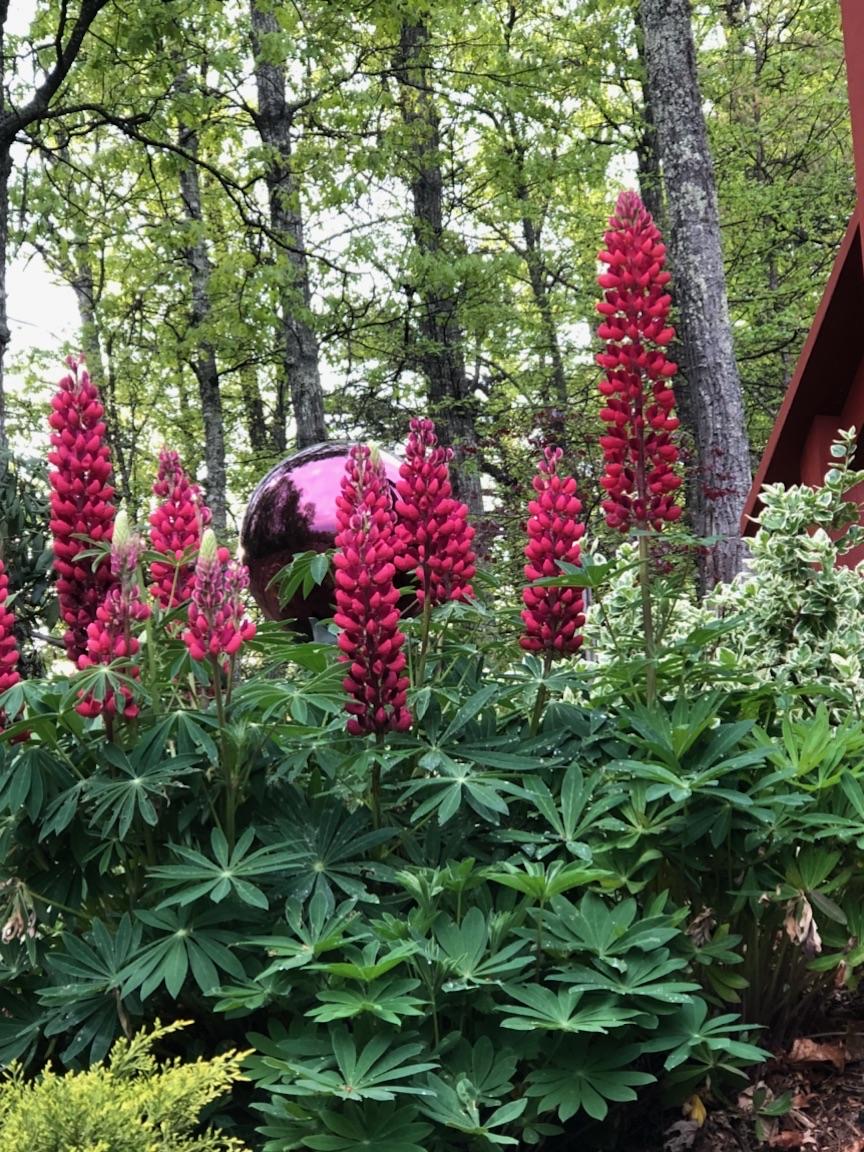 This is one of my favorite images from my garden. I was on vacation at the time and never saw it in person, but one of my sons shared this picture knowing how much I would love it. I’ve planted lupine (Lupinus polyphyllus, Zones 3–8) several times, and it often didn’t survive into a second year, but I keep trying to find a place where it will. This is a ‘My Castle’ lupine, with an ‘Emerald Gaity’ euonymus (Euonymus fortunei ‘Emerald Gaiety’, Zones 5–8), an ‘Old Gold’ juniper (Juniperus × pfitzeriana ‘Old Gold, Zones 4–9), and a gazing ball in the back.
This is one of my favorite images from my garden. I was on vacation at the time and never saw it in person, but one of my sons shared this picture knowing how much I would love it. I’ve planted lupine (Lupinus polyphyllus, Zones 3–8) several times, and it often didn’t survive into a second year, but I keep trying to find a place where it will. This is a ‘My Castle’ lupine, with an ‘Emerald Gaity’ euonymus (Euonymus fortunei ‘Emerald Gaiety’, Zones 5–8), an ‘Old Gold’ juniper (Juniperus × pfitzeriana ‘Old Gold, Zones 4–9), and a gazing ball in the back.
I enjoy creating vignettes in the garden and am happy to have some metal sculptures to include. Here’s an early spring porcupine with pansies and a miniature ‘Lemon Lime’ hosta (Zones 3–8).
A large frog with a young ‘Double Take Orange’ quince (
Chaenomeles speciosa
‘Double Take Orange’, Zones 5–8).
That same garden really comes alive in summer. Coneflowers (
Echinacea hybrids, Zones 4–9) in red and yellow, liatris (
Liatris spicata,
Zones 3–9), yellow red-hot poker plants (Kniphofia
hybrid, Zones 5–9), beautiful daylilies (
Hemerocallis hybrid, Zones 3–9), and blue balloon flowers (Platycodon grandiflorus,
Zones 3–8) come together to put on quite a show. Be careful with balloon flowers. While they are lovely to look at, it’s a constant effort to keep them in control. I cut the seed heads as soon as they’re done flowering and am vigilant about digging up new plants that have spread elsewhere in the gardens.
We decided before moving to North Carolina that we no longer wanted to cut grass. The house had a very steep front slope. Half of it had some mulch and a few azaleas. The other half, about a third of an acre, was covered in grass. A year and a half ago I bought 10 lbs. of perennial wildflower seeds, waited until after the first frost, and broadcast them by hand over newly trimmed grass. Every spring and fall since, I have dug out some of the largest clumps of grass to allow the flowers to take over and yet not lose the slope during heavy rains. The first year the blooms seemed a little light, but by the second year everything had matured.
The spring bloom on the front slope starts with daisies (
Leucanthemum vulgare,
Zones 3–9) and blue flax (
Linum perenne,
Zones 5–9). Coreopsis and sweet william (Dianthus barbatus,
Zones 3–9) bloom next, followed by foxgloves (
Digitalis,
Zones 3–9) and purple lupine.
More of the front slope in bloom.
In the heat of summer the slope is full of rudbeckia (
Rudbeckia hirta,
Zones 3–7) and gallardia (Gallardia
spp. Zone 3–9).
One last view of the slope, with some hosta blooms from one of the gardens along the driveway.
Have a garden you’d like to share?
Have photos to share? We’d love to see your garden, a particular collection of plants you love, or a wonderful garden you had the chance to visit!
To submit, send 5-10 photos to [email protected] along with some information about the plants in the pictures and where you took the photos. We’d love to hear where you are located, how long you’ve been gardening, successes you are proud of, failures you learned from, hopes for the future, favorite plants, or funny stories from your garden.
If you want to send photos in separate emails to the GPOD email box that is just fine.
Have a mobile phone? Tag your photos on Facebook, Instagram or Twitter with #FineGardening!
You don’t have to be a professional garden photographer – check out our garden photography tips!
Do you receive the GPOD by email yet? Sign up here.
Fine Gardening Recommended Products
The Nature of Oaks: The Rich Ecology of Our Most Essential Native Trees
Fine Gardening receives a commission for items purchased through links on this site, including Amazon Associates and other affiliate advertising programs.
The Nature of Oaks reveals what is going on in oak trees month by month, highlighting the seasonal cycles of life, death, and renewal. From woodpeckers who collect and store hundreds of acorns for sustenance to the beauty of jewel caterpillars, Doug Tallamy illuminates and celebrates the wonders that occur right in our own backyards. He also shares practical advice about how to plant and care for an oak, along with information about the best oak species for your area.
SHOWA Atlas 370B Nitrile Palm Coating Gloves, Black, Medium (Pack of 12 Pairs)
Fine Gardening receives a commission for items purchased through links on this site, including Amazon Associates and other affiliate advertising programs.
Lightweight and close-fitting for excellent dexterity. Machine washable. Breathable back of hand to reduce perspiration. Designed for easy movement and continuous wear. Ideal for aerospace, assembly, automotive, construction, final fix, gardening, manufacturing, operating machinery, packaging, precision handling, tiling, warehousing.
ARS Telescoping Long Reach Pruner
Fine Gardening receives a commission for items purchased through links on this site, including Amazon Associates and other affiliate advertising programs.
Telescopes from 4 to 7'. Cut and Hold (160) Blades. Drop forged blades for unsurpassed long lasting sharpness. Lightweight, 2.3 lbs., for continued use. Perfectly balanced for easy pruning.
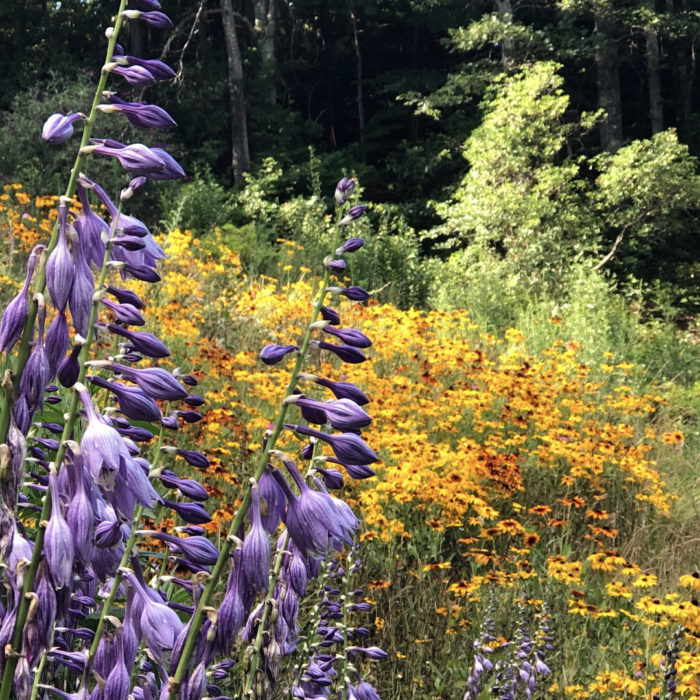
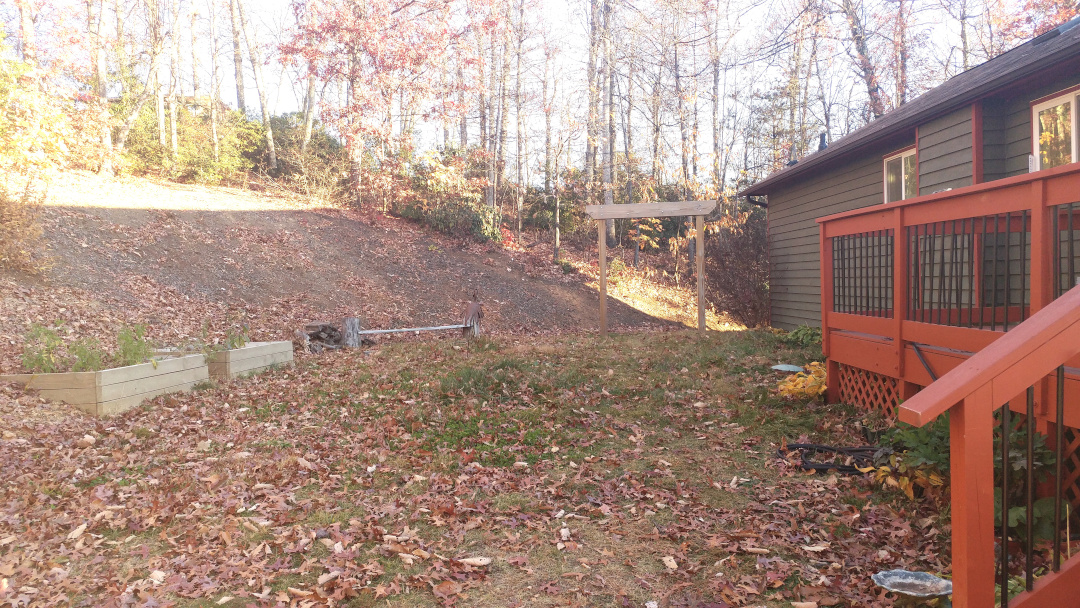
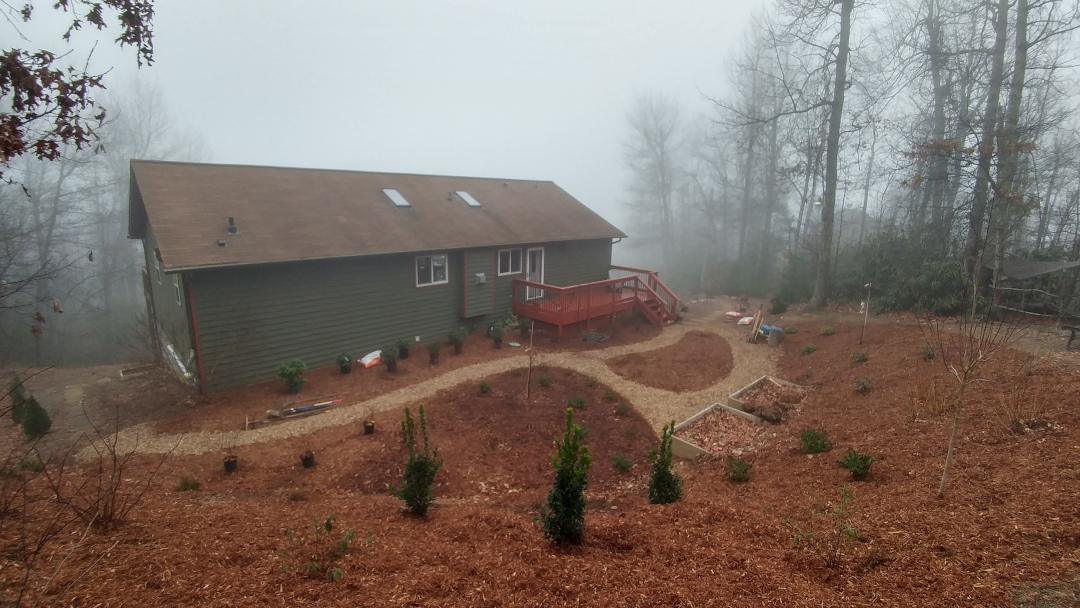
 This is one of my favorite images from my garden. I was on vacation at the time and never saw it in person, but one of my sons shared this picture knowing how much I would love it. I’ve planted lupine (Lupinus polyphyllus, Zones 3–8) several times, and it often didn’t survive into a second year, but I keep trying to find a place where it will. This is a ‘My Castle’ lupine, with an ‘Emerald Gaity’ euonymus (Euonymus fortunei ‘Emerald Gaiety’, Zones 5–8), an ‘Old Gold’ juniper (Juniperus × pfitzeriana ‘Old Gold, Zones 4–9), and a gazing ball in the back.
This is one of my favorite images from my garden. I was on vacation at the time and never saw it in person, but one of my sons shared this picture knowing how much I would love it. I’ve planted lupine (Lupinus polyphyllus, Zones 3–8) several times, and it often didn’t survive into a second year, but I keep trying to find a place where it will. This is a ‘My Castle’ lupine, with an ‘Emerald Gaity’ euonymus (Euonymus fortunei ‘Emerald Gaiety’, Zones 5–8), an ‘Old Gold’ juniper (Juniperus × pfitzeriana ‘Old Gold, Zones 4–9), and a gazing ball in the back.
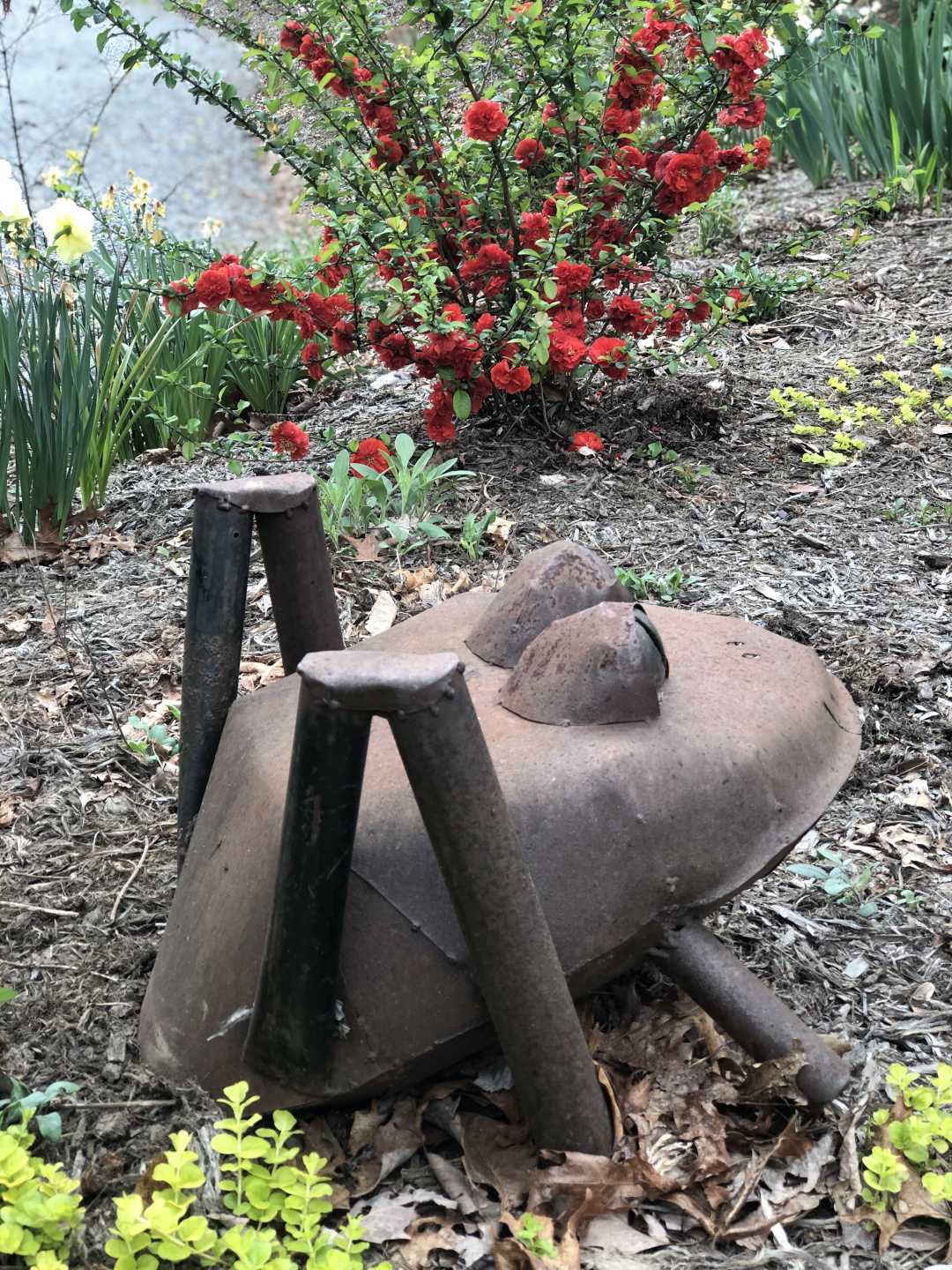
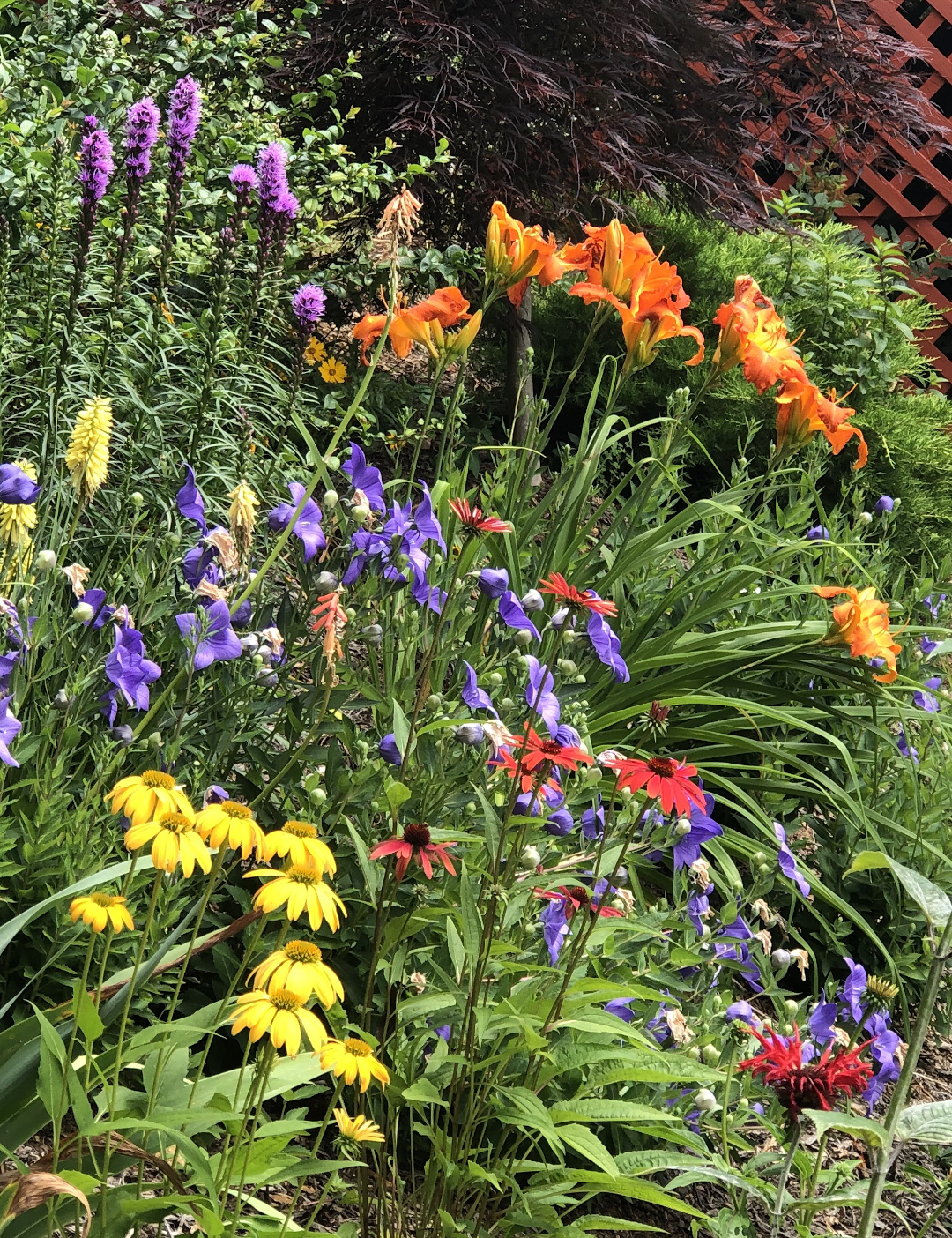
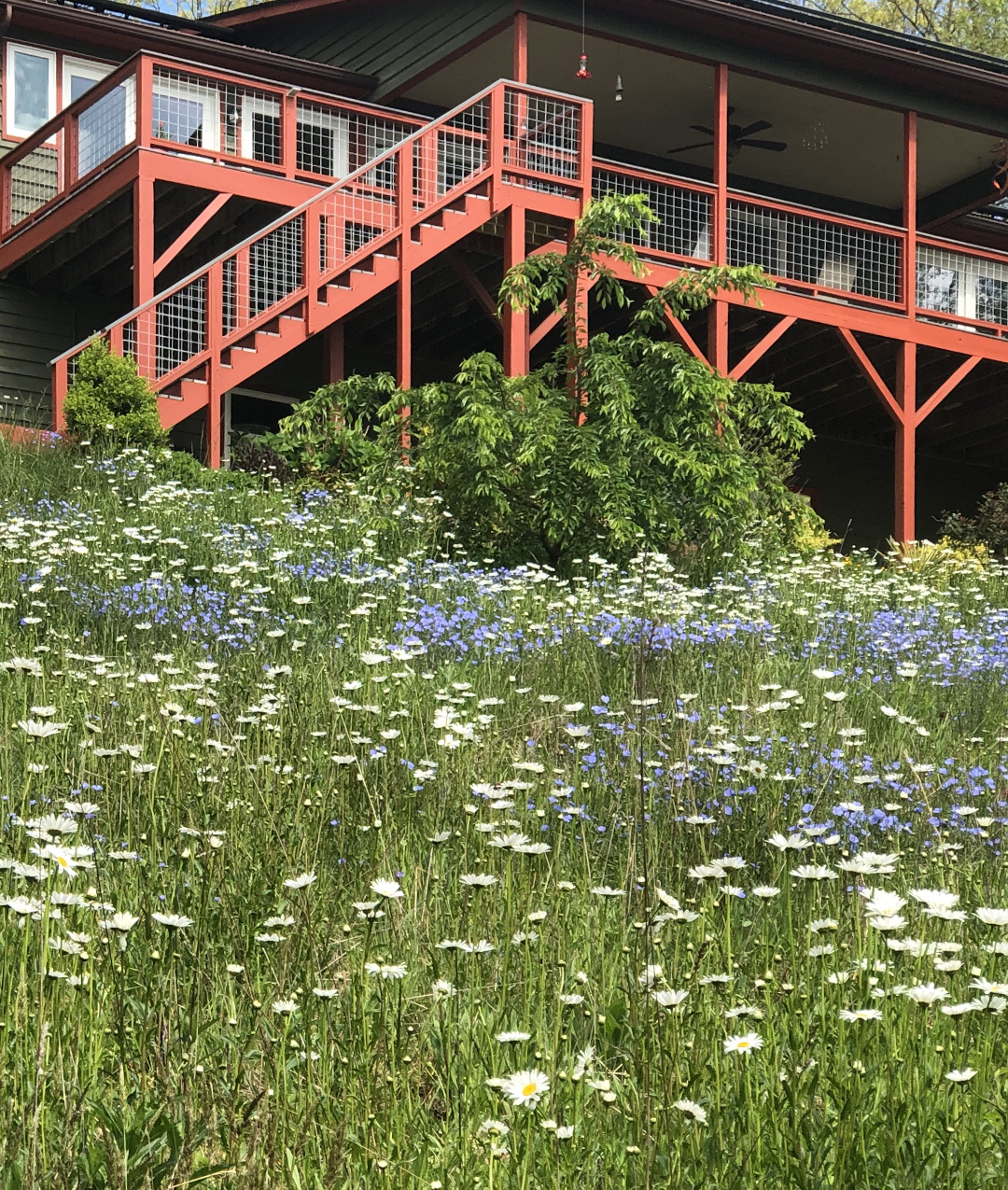
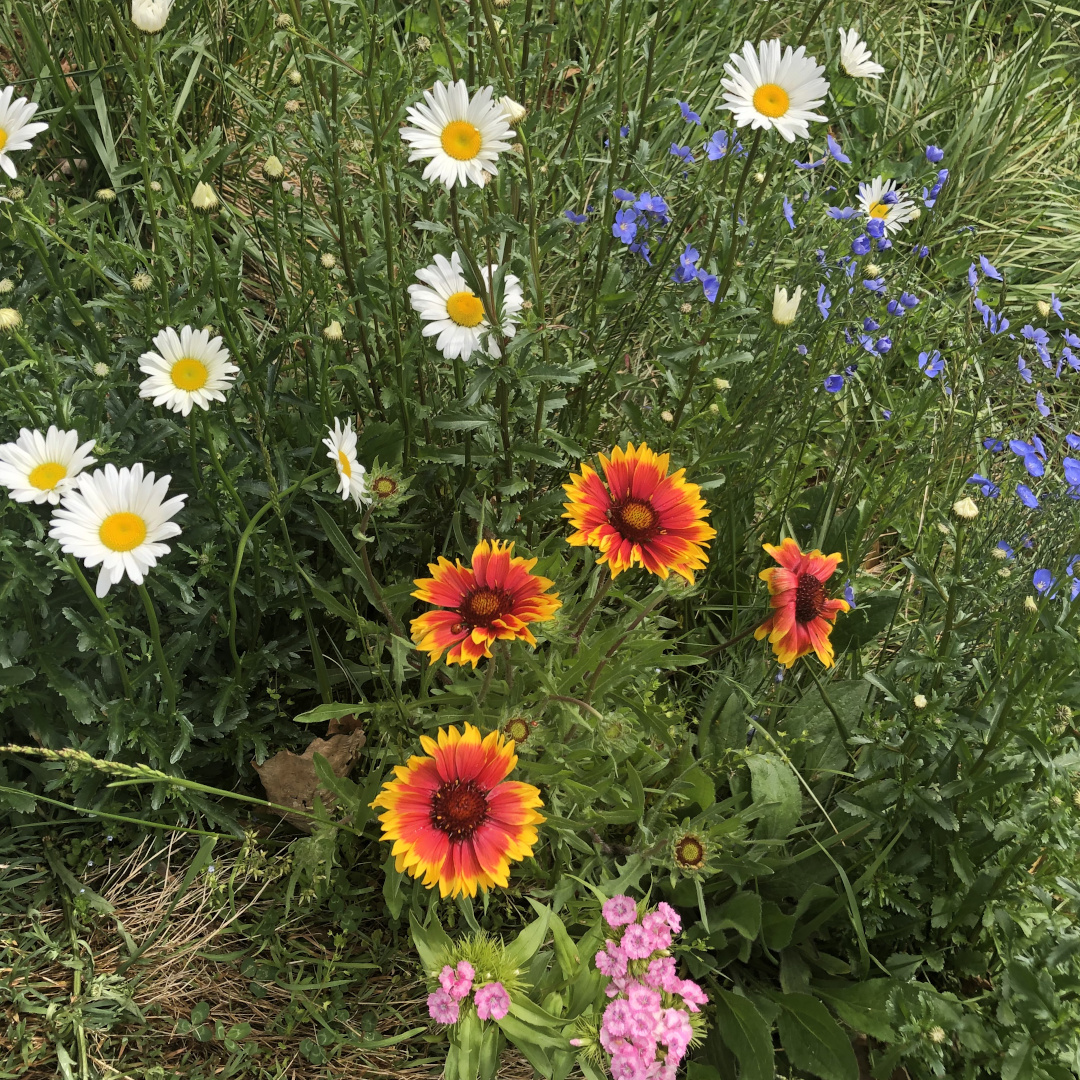
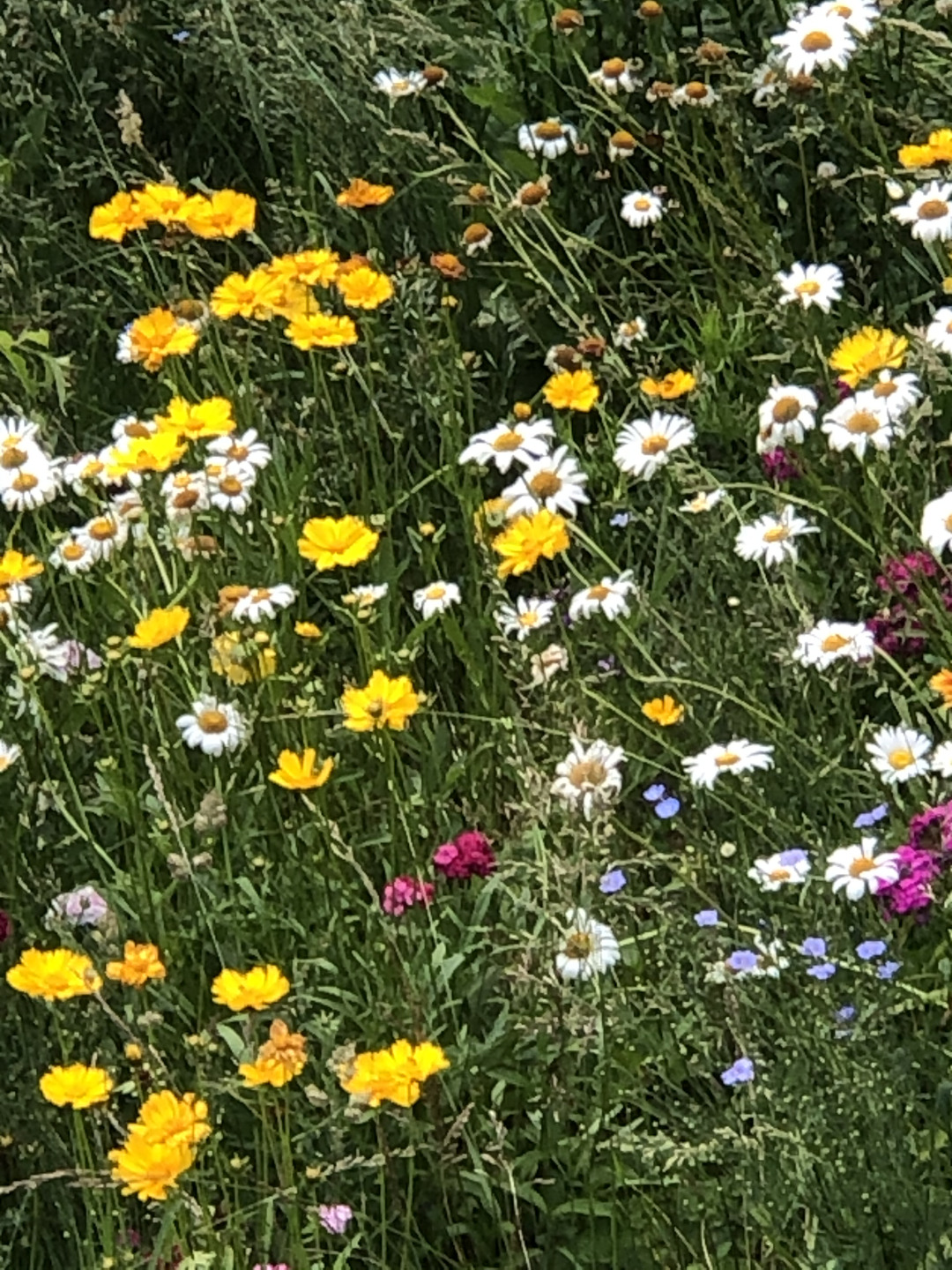
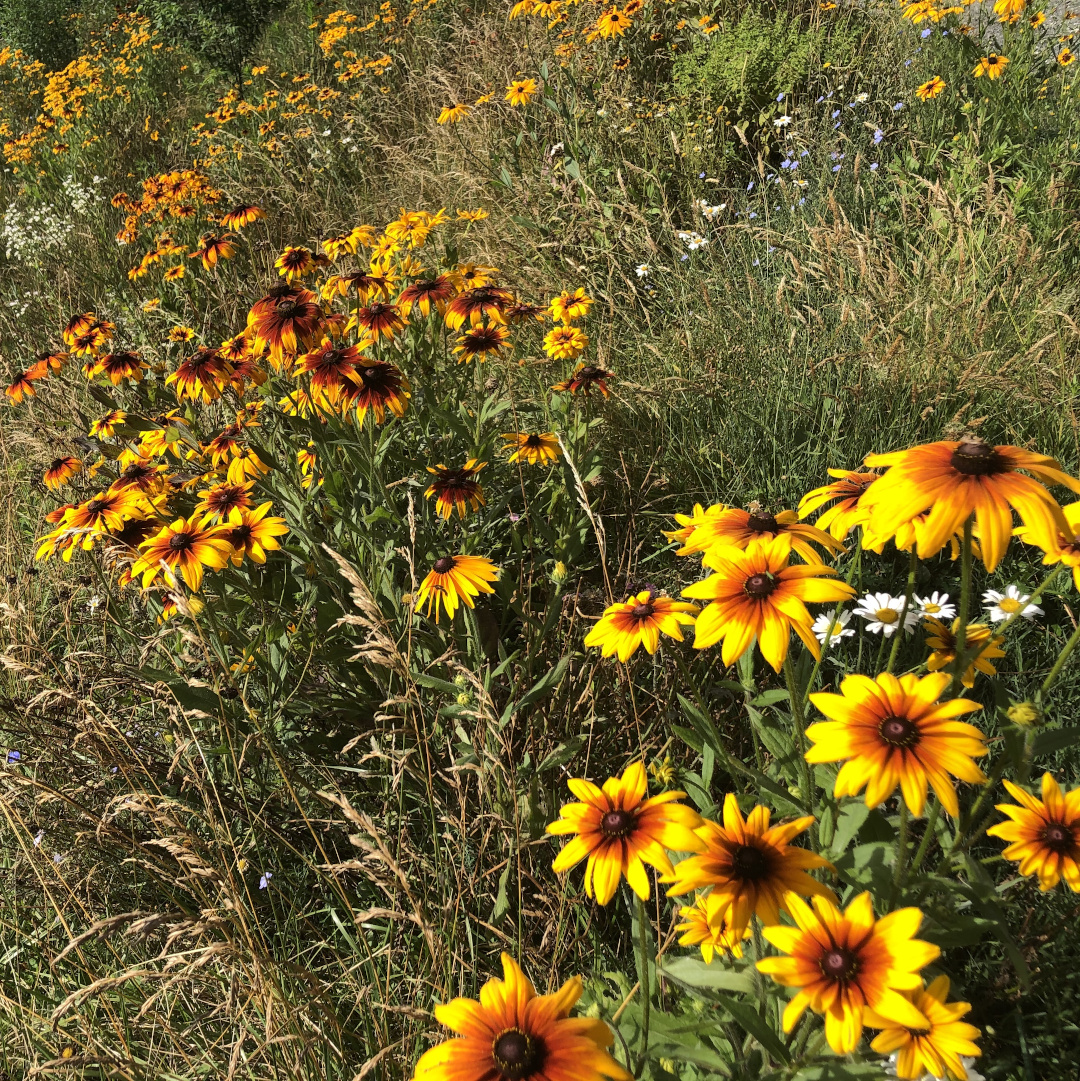
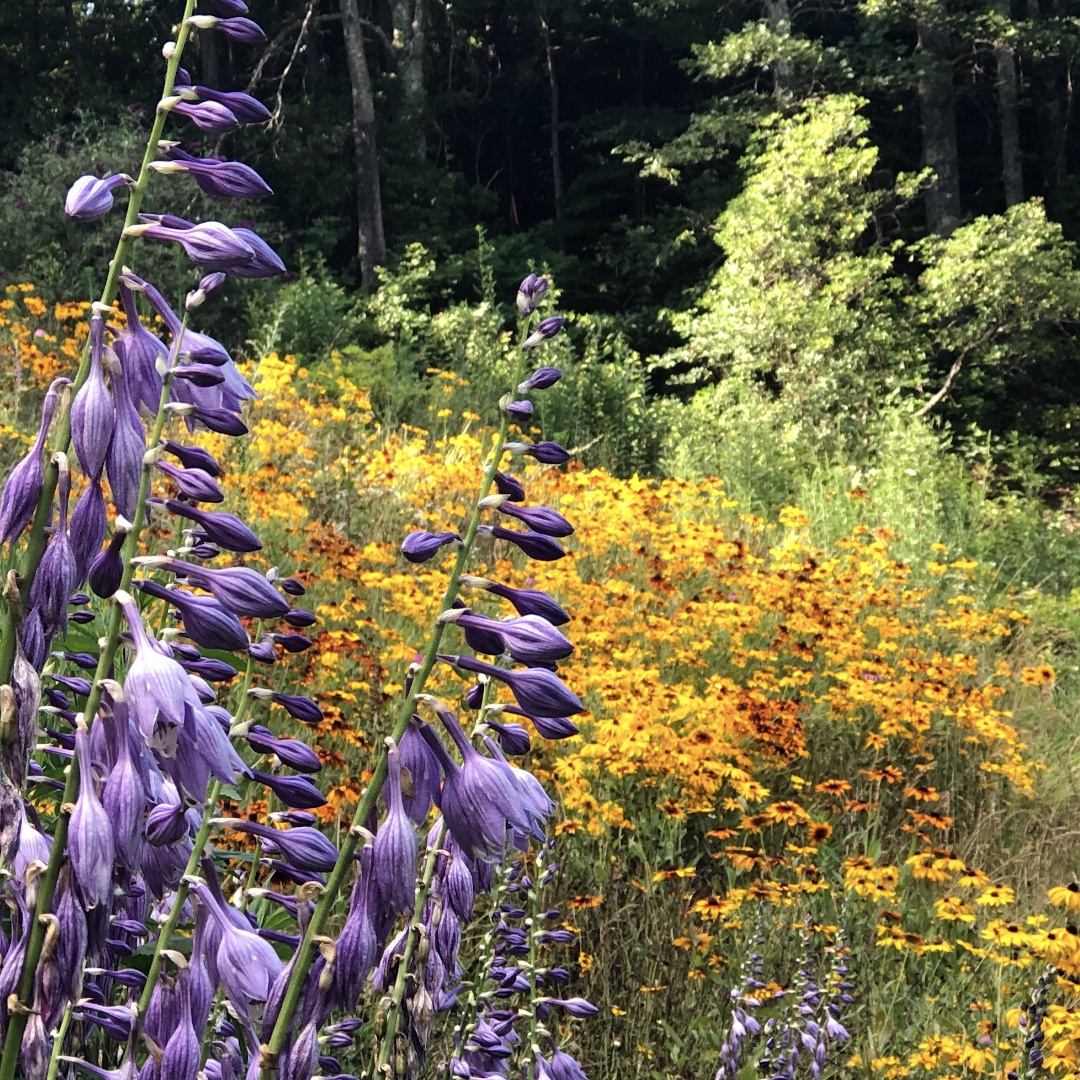
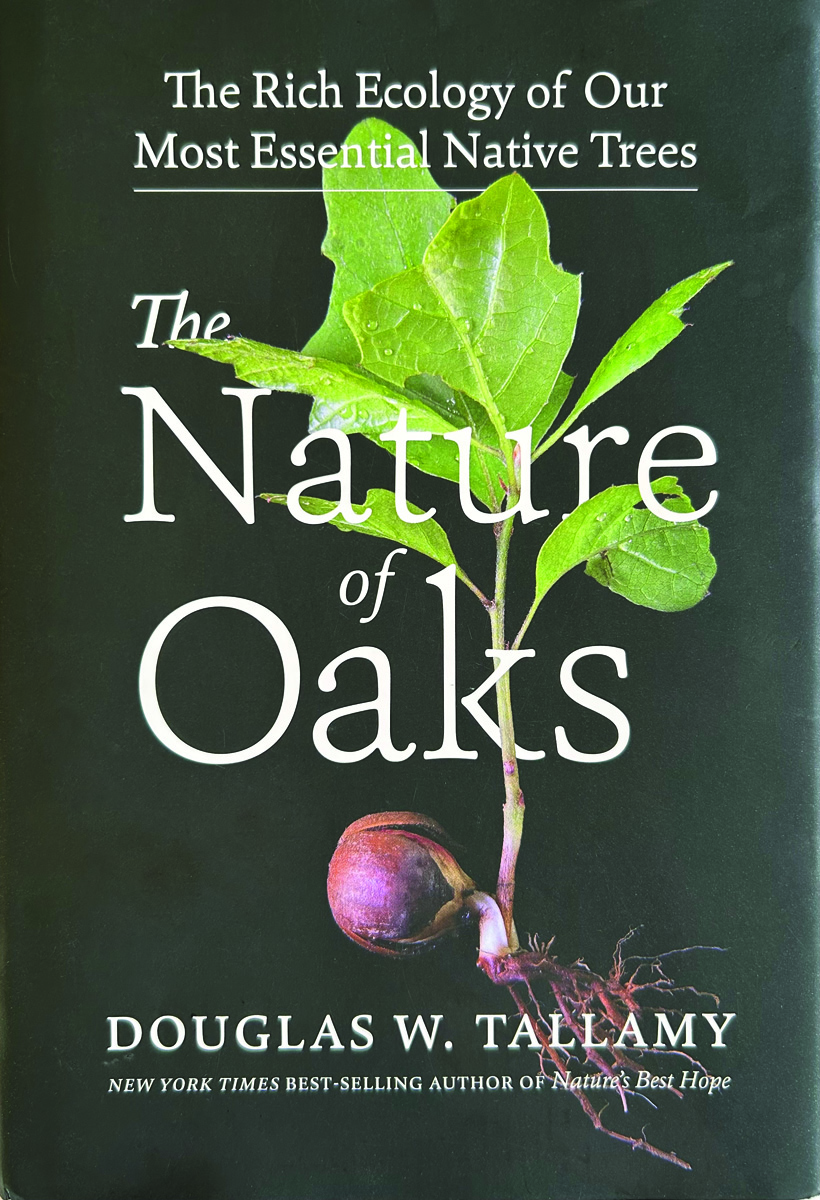
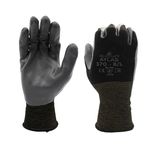
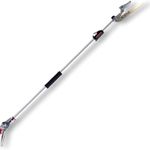





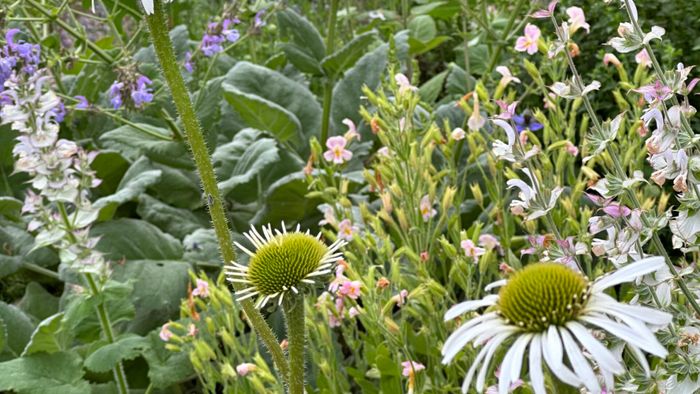

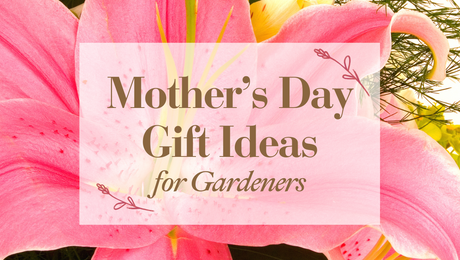
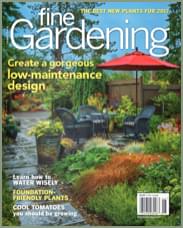

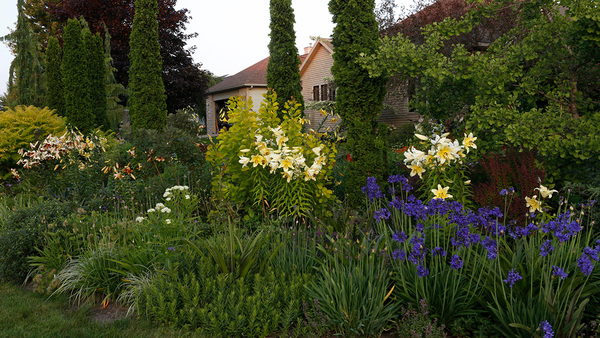




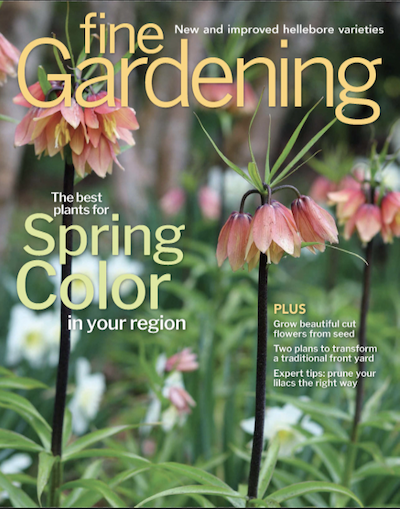


Comments
Amazing transformation and congratulations. It looks beautiful!
Absolutely wonderful! Lots of hard work and lots of reward!!
I’ve often wanted a wildflower garden rather than grass: what a blessing of an idea to spread the seed freely over the grass! Your results are beautiful and they must be ever-changing.
Hi Gail. What a wonderful transformation. Lovely colour. I imagine you will have a lot of different birds and butterflies with all those flowers and seeds they will produce. You really have a wild flower garden that is gorgeous. Alice
Oh, my, it is all so very lovely. Love your little porcupine.
what an amazing transformation, so lovely!
Oh my - I have no words! Everything is so beautiful... love the porcupine and frog sculptures!
OMG that is gorgeous! Love that field of Daisies and blue flowers- so natural!
It's always so enlightening when some before photos are included...brings to life the point that a picture is worth a 1000 words. So, wow, and sincerest congrats on all that you have achieved in creating delightful flower filled gardens. I also love your metal critter sculptures...they are adorable.
Ditto to all the above comments. But a word of warning - if that Euonymus grows anything like it does in the zone 8 Pacific NW, watch out! It will take over everything in its path. It even climbed my deck posts and lilacs. I planted it years ago to cover a slope, and it did. in spades, as they say. I like it, but it requires a firm hand with the pruners. Overall, beautiful job.
You have really painted with a broad brush, and yet given so many little details and vignettes! Kudos for figuring out a good use for all those forsythia! I'm envious of your rudbeckia - I can get the straight gold ones to come back but have never succeeded with getting those with central red or copper tones to survive a zone 6-7 winter. Great job! Please send more photos of the back slope and gardens as they fill in.
So lovely! Your hard work and persistence is really paying off!
You have worked some magic with your spectacular site. Those flowers and the bird/ butterflies they probably attract will be a delight through each season. Beautiful!
Gail... your slopes are splendid!!! They truly could not be more beautiful and you must smile a lot because to have a vision come to life is such a gift! BTW, I need your porcupine metal sculpture. I couldn't add the appropriate grass in my AZ garden, but I could add a few spikes that would amuse me!
Log in or create an account to post a comment.
Sign up Log in